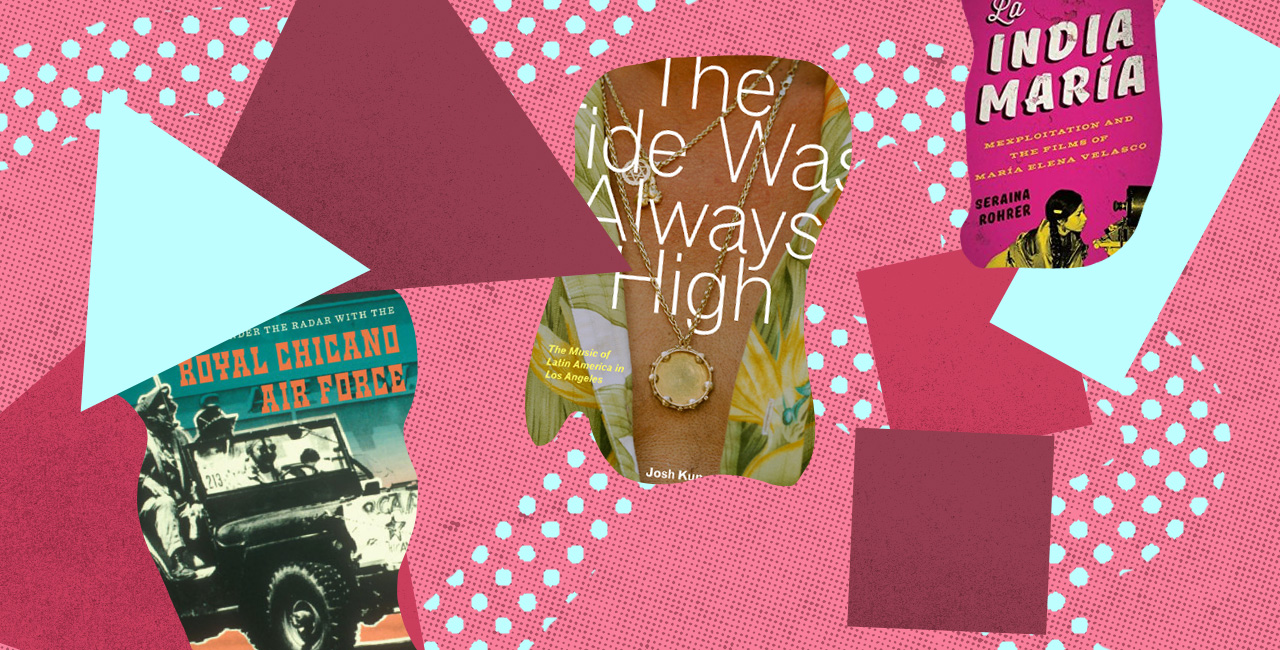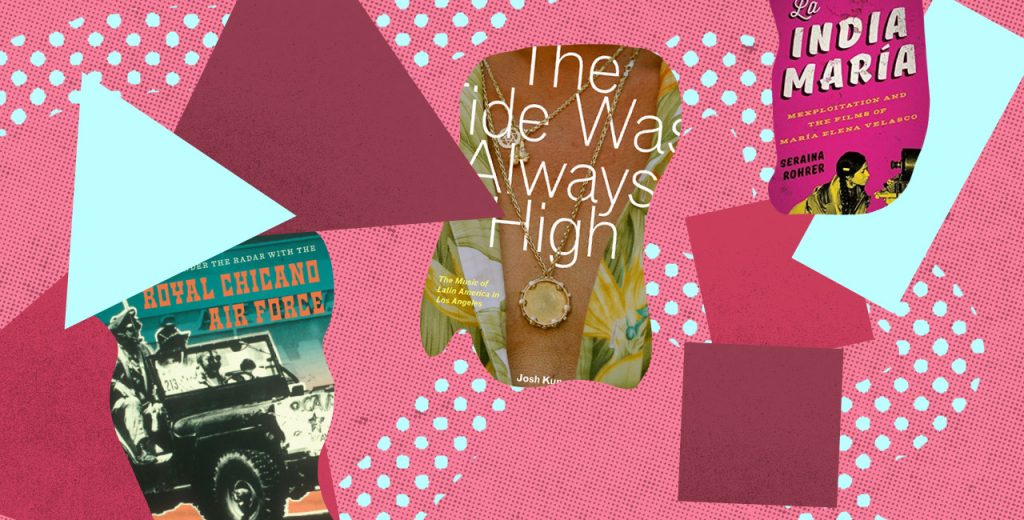Every year, university presses across the United States publish dozens of books documenting the Chicano-Latino experience through history, culture, music, immigration, biography, race, and so much more. Unfortunately, most of them – while tackling important and fascinating subjects – get next-to-no mainstream attention because they’re written for an academic audience, which means high prices, a bunch of egghead gobbledygook, and stilted writing that makes reading them a chore few people bother to undertake.
That’s why it’s always important to highlight the ones that cross over – the ones that tell great stories, offer groundbreaking research, and are just a delight to read. Following is the best academic books about Latinos published 2017 (with one oldie-but-goodie thrown in the mix). Enjoy, and profes: write for el pueblo, not for the ivory tower.
The Tide Was Always High: Latin Music in Los Angeles
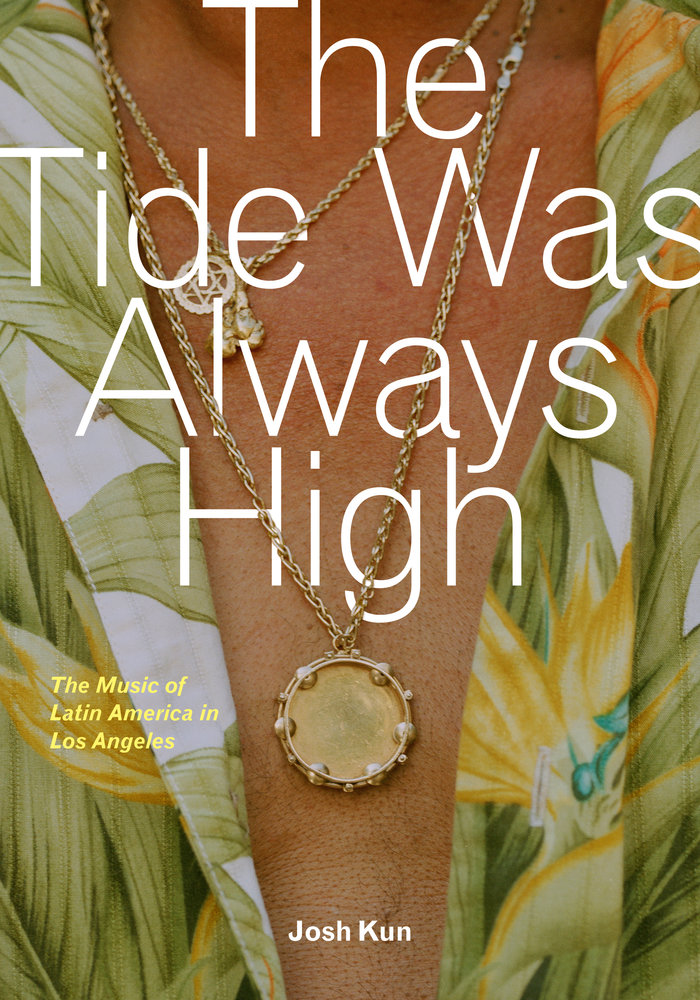
This spectacular collection of essays features the many ways Latin music has influenced Los Angeles and beyond, from a history of son jarocho in Southern California to the early days of queer Latino clubs to a hilarious analysis by Los Angeles Times culture critic Carolina A. Miranda about how Peruvian exotica-music queen Yma Sumac ended up in LA. But the best part is the oral history section – where South American session players, who backed everyone from Blondie to Jackson Browne and many other famous American music stars, finally get their due.
Latin American Women Filmmakers: Social and Cultural Perspectives
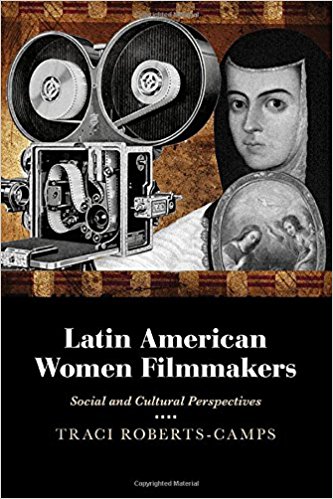
You gotta love a book with a cover that re-imagines Sor Juana Inés de la Cruz with a movie camera instead of a pen. And it gets better inside, with analyses of the films and careers of pioneering Latin American female filmmakers, such as Mexico’s María Novaro, Argentine Lucía Puenzo, and the Brazilian Suzana Amaral.
Flying Under the Radar with the Royal Chicano Air Force
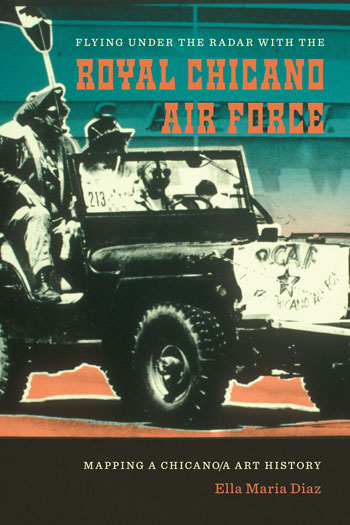
As one of the first Chicano art collectives, the Royal Chicano Air Force influenced everything from the revival of Dia de los Muertos in the United States to the famous murals at Chicano Park in San Diego’s Barrio Logan. This is the first-ever study on its history (following its own The Accidental Archives of the Royal Chicano Air Force last year), and author Ella Maria Diaz expertly writes on its projects and impact without ever losing sight of how hilarious the collective was.
The Lynching of Mexicans in the Texas Borderlands
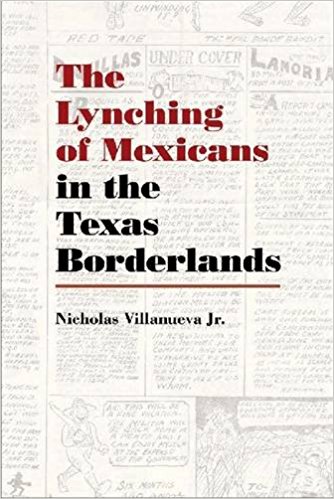
Disturbing, essential read about how the Mexican Revolution brought violence upon Mexicans in Texas in numbers and carnage unseen since the aftermath of the Mexican-American War. University of Colorado Professor Nicholas Villanueva, Jr. focuses on two cases – a 20-year-old burned alive by a mob, and Leon Martinez, Jr. executed despite being a teenager – through court testimony, newspaper clippings, and property records. “What I am most proud of,” he told Colorado Arts and Sciences Magazine last month, “is finding the voice of the forgotten dead.”
Assassination of a Saint: The Plot to Murder Óscar Romero and the Quest to Bring His Killers to Justice

The story of how Salvadoran Archbishop Óscar Romero was martyred while saying mass is well-known, but not getting as much attention is the fight to hold his killers accountable. Author Matt Eisenbrandt helped to investigate the trail of death squads and money that led to Bishop Romero’s murder, giving a great account about how his law firm achieved the first-ever court verdict against the guilty in a California courtroom.
L.A. Mexicano: Recipe, People and Places
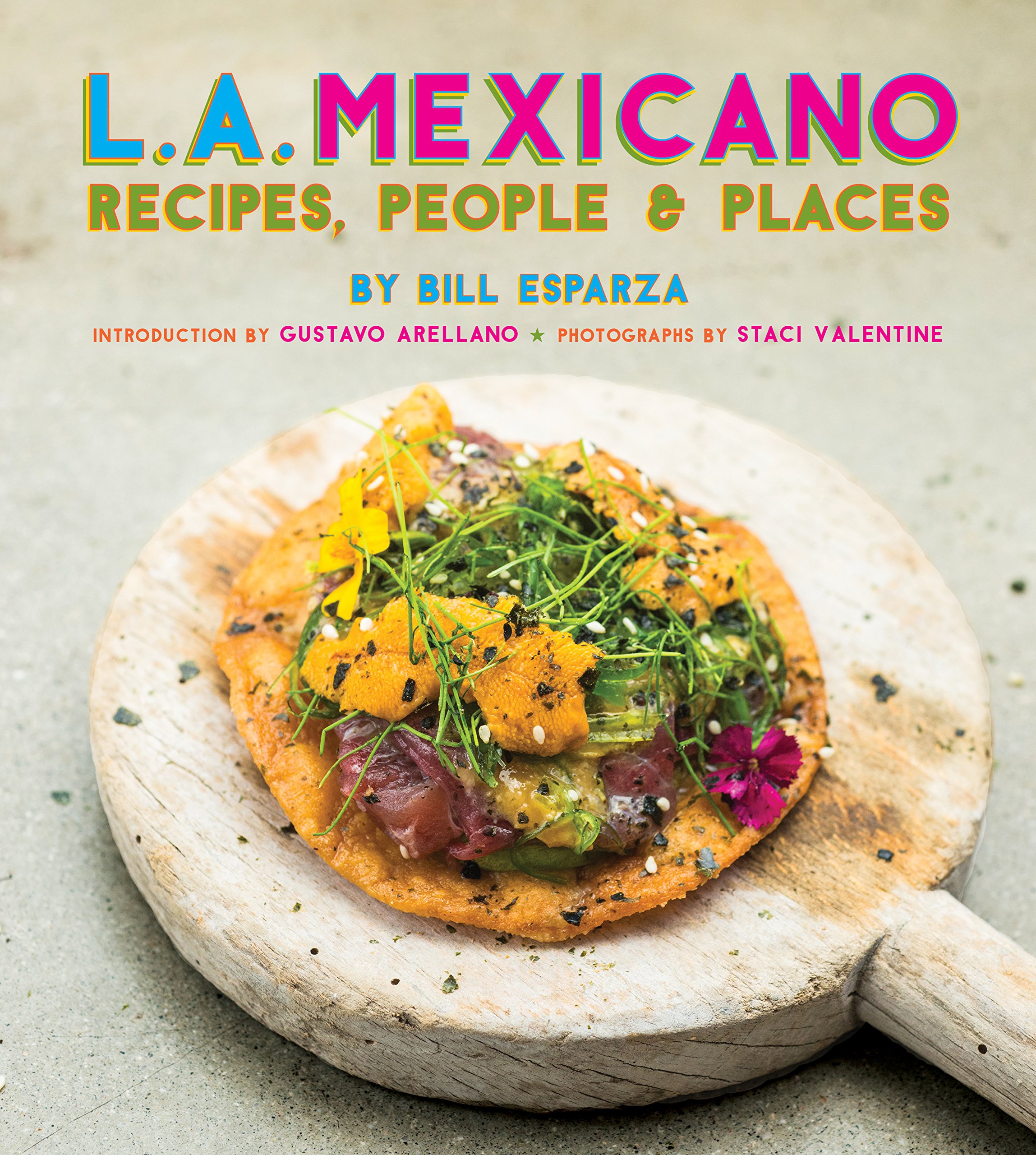
Yeah, I wrote the forward to this book, but it’s the only boring part. James Beard winner Bill Esparza does the first-ever history of Mexican food in Los Angeles, with profiles of pioneers, stalwarts, and Alta California masters. Featuring gorgeous photos and recipes for you to try and make the good stuff.
Brokering Tareas: Mexican Immigrant Families Translanguaging Homework Literacies
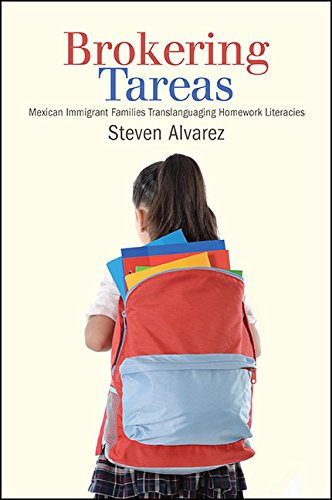
The title is a bit complicated; the writing of St. John’s University English professor Steven Alvarez isn’t, as he gives an ethnographic account of an after school program in New York City (or, as Mexicans call it, “Puebla York”) that helps Mexican immigrants learn English, their children keep their Spanish, and unites the two to achieve academic excellence.
La India María: Mexploitation and the Films of María Elena Velasco
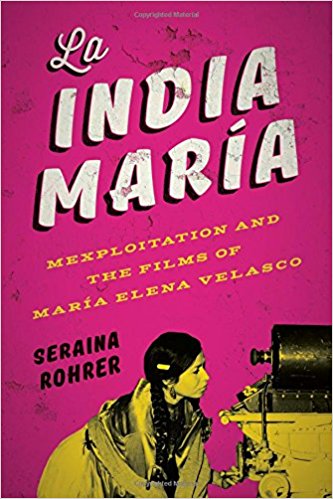
María Elena Velasco directed and starred in films featuring La India María, an indigenous woman with a propensity to get into trouble but whose antics were actually sly commentaries on indigeneity, machismo, class, and immigration during the 1970s and 1980s. She gets nowhere near the credit she deserves by American film scholars. Author Seraina Rohrer corrects that with this book, featuring interviews with Velasco and her contemporaries, along with breakdowns of all her films.
U.S. Central Americans: Reconstructing Memories, Struggles, and Communities of Resistance
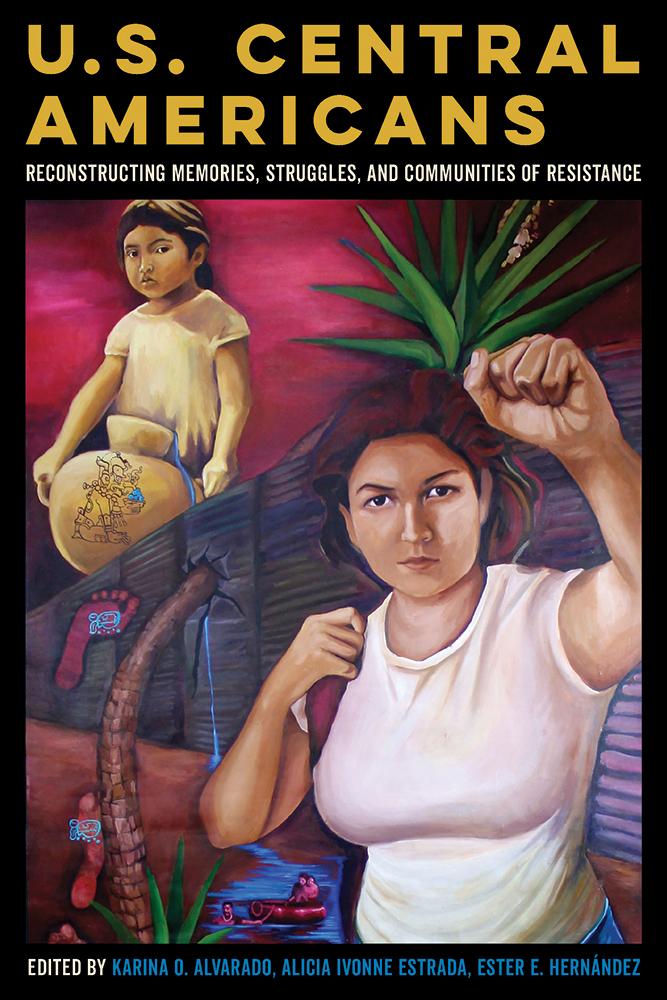
There are still not enough academic books about Central Americans in the United States (or books, period), so this collection is especially welcomed. The primary focus is on Salvadoran, Guatemalan, and Maya experiences in Los Angeles, but the best chapter is University of Maryland literature professor Ana Patricia Rodríguez’s examination of Salvadoran migration to San Francisco in the 1960s and 1970s, before the Civil War.
BONUS: Borderlands/La Frontera: The New Mestiza
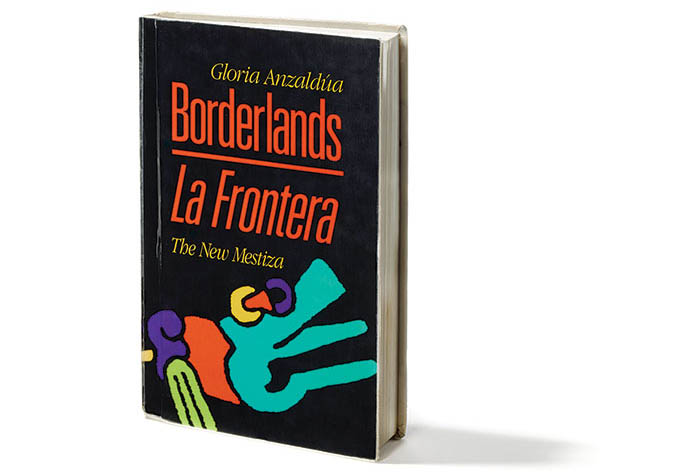
In the era of Trump, there’s no better time to read Gloria Anzaldúa’s legendary treatise (released in 1987) on mestizaje. Google honored her with a doodle this year on occasion of her 75th birthday, and its remembrance ended with her wise words: “To survive the Borderlands/you must live sin fronteras/be a crossroads.”



